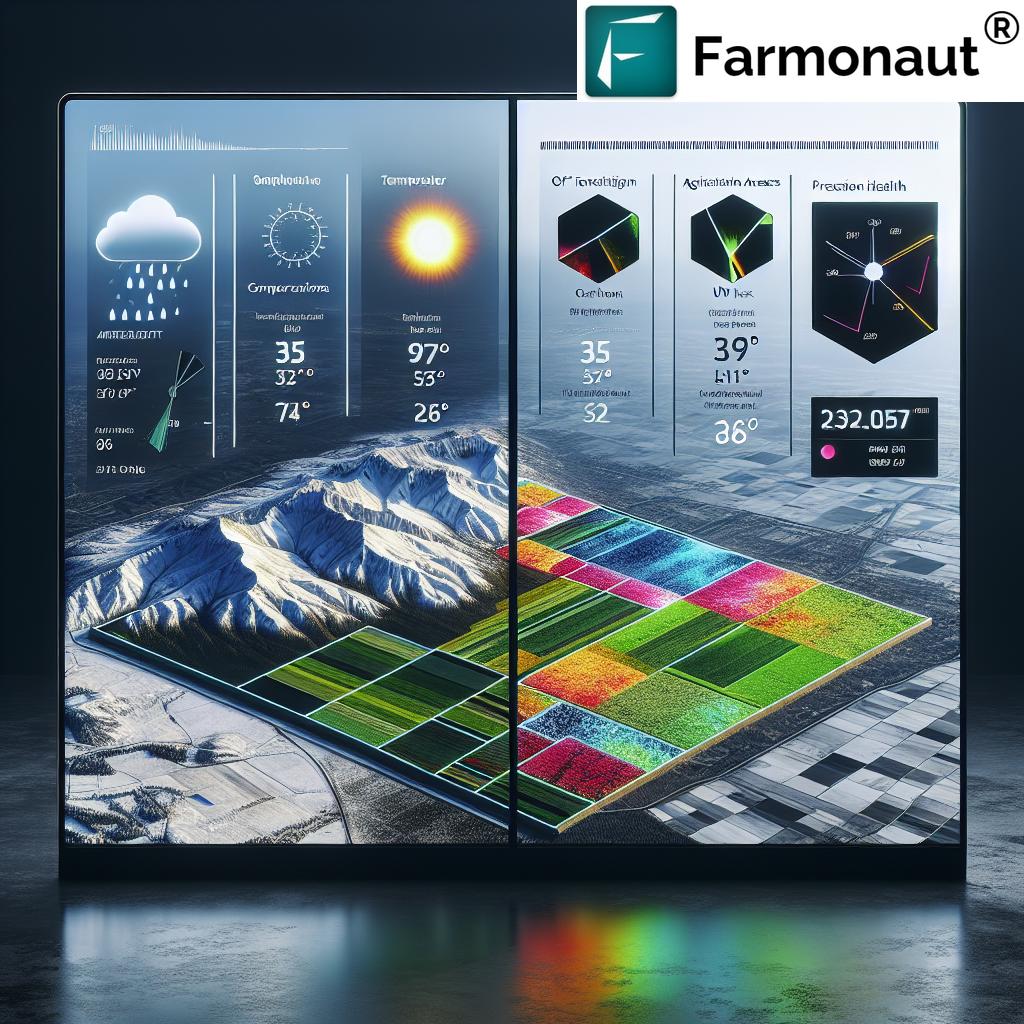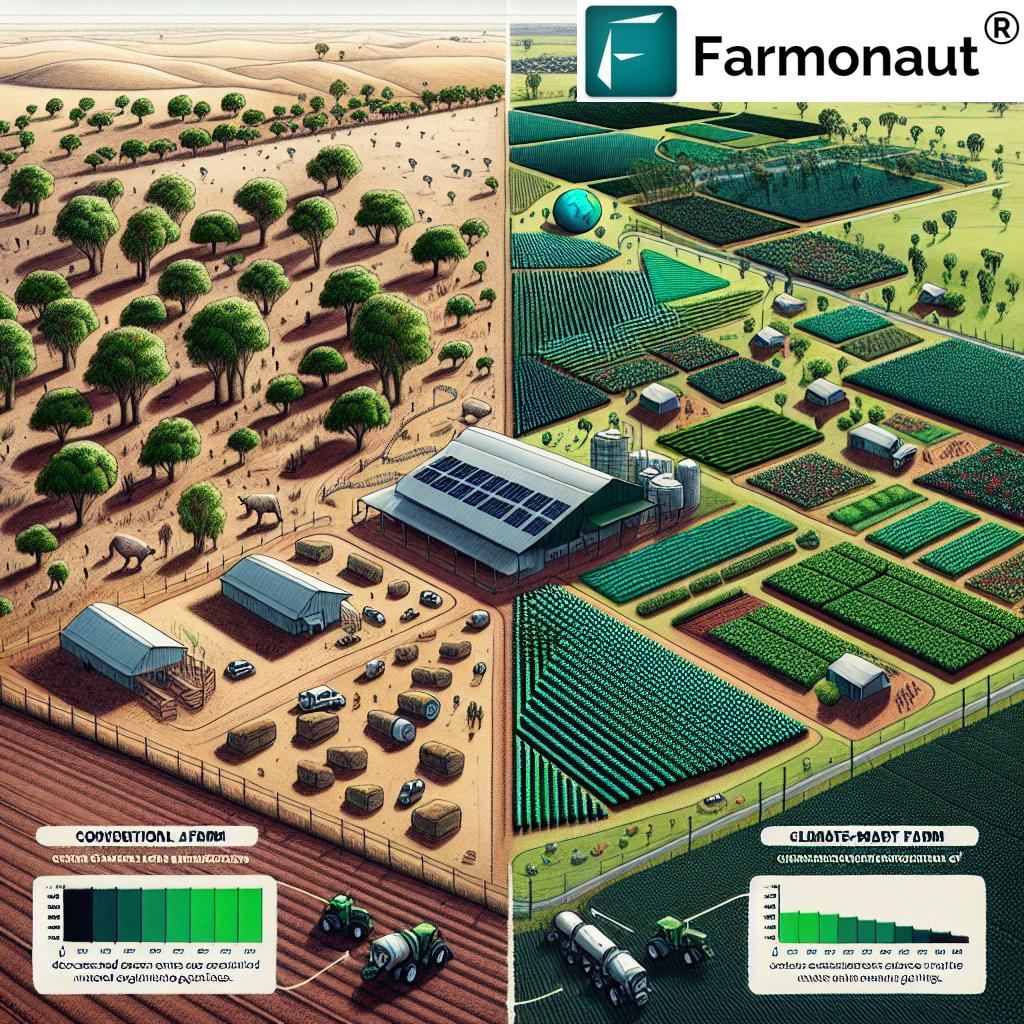Comvita, Melora, Egmont Manuka Honey UMF 10 Origin: Natural Origins, Grading & Sustainable Impact on New Zealand’s Rural Landscape
“Over 90% of premium Manuka honey, like UMF 10+, is sustainably sourced from New Zealand’s rural landscapes.”
Introduction: Manuka Honey – Nature’s Golden Treasure from New Zealand
Manuka honey, a highly prized natural product, is primarily sourced from New Zealand and stands as a remarkable testament to the country’s rich flora and agricultural ingenuity. Derived from the nectar of the Manuka tree (Leptospermum scoparium), it is renowned worldwide for its unique qualities, significant health benefits, and intricate relationship with both ecological sustainability and the rural economies of New Zealand. As global demand for pure, premium Manuka honey continues to grow through 2026 and beyond, brands like Comvita, Melora, and Egmont have elevated the reputation of UMF 10+ honey, emphasizing origin, purity, grading, and sustainability as their guiding pillars.
In this comprehensive guide, we’ll explore the intricate journey of Manuka honey from the rugged New Zealand wilderness to your table, highlight the UMF grading system, compare the region-specific attributes of Egmont, Comvita, and Melora, and showcase why sustainable forestry, advanced traceability, and cutting-edge technologies are fundamental to preserving New Zealand’s unique Manuka resource.
The Manuka Tree (Leptospermum scoparium) and Its Agricultural Significance
The manuka tree is a hardy, native shrub that thrives across New Zealand’s diverse ecological zones, from coastal regions and mountainous areas to conservation zones like Egmont National Park (Mount Taranaki). This adaptability makes L. scoparium an important species within forestry and agricultural sectors, anchoring soil conservation, nurturing biodiversity, and providing habitat for local fauna.
- Ecological Role: Manuka trees help stabilize threatened soils, enhance water filtration, and increase the resilience of native New Zealand habitats.
- Economic Role: They are a crucial resource for beekeeping enterprises, providing an exclusive nectar source during late spring through early summer, which directly enables the production of specialty Manuka honey.
- Biodiversity Support: The presence of manuka forests supports many native insects, birds, and plants, contributing to New Zealand’s environmental uniqueness.
This symbiotic relationship between native flora and apiculture means the manuka tree is not just an agricultural resource—it is pivotal in both rural economies and environmental stewardship.
The Origins and Production of Manuka Honey
Manuka honey is created when industrious bees forage exclusively on manuka blossoms, collecting nectar that will become honey with a distinct chemical profile and exceptional properties. The geographic origin is a key factor influencing every jar’s flavor, texture, and medicinal value.
- Egmont Manuka Honey: For instance, Egmont Manuka honey is harvested near Mount Egmont/Taranaki, an area celebrated for its purity, traceability, and rigorous quality assurance. The flora in this region, protected by national park status, imbue the honey with a distinct, robust profile that commands a premium in specialty markets.
- Distinct Profiles: Other regional manuka honeys are sourced from Northland, Waikato, and the Coromandel Peninsula, each bringing unique botanical notes and chemical markers to the finished product.
- Production Methods: Success demands precise hive placement, meticulous harvesting techniques, and compliance with respected certification systems that guarantee the honey’s genuine origin and purity.
Each region’s unique mix of climate, soil, and native manuka undergrowth shapes the chemical signature found in every batch of honey, elevating traceability and origin assurance as major selling points.
“Comvita, Melora, and Egmont produce Manuka honey graded UMF 10+, verified by independent labs for quality and origin.”
Quality Standards and UMF Grading: The Benchmark of Manuka Honey
With global demand for high-quality, genuine Manuka honey constantly rising, consumer expectations for purity and authenticity have given rise to robust grading systems. The Unique Manuka Factor (UMF) is now the internationally recognized benchmark for measuring a honey’s potency and purity.
What Makes UMF So Important?
- UMF grades are determined by independent laboratories and require strict adherence to New Zealand’s certification standards.
- UMF 10+ (as seen in Comvita Manuka Honey UMF 10, Melora Manuka Honey UMF 10+, and Egmont Manuka Honey) indicates substantial antibacterial potency, purity, and authenticity.
The Three Key Chemical Markers in UMF Grading
- Leptosperin – Found only in Manuka honey, this marker ensures a genuine manuka origin.
- DHA (Dihydroxyacetone) – Abundant in fresh Manuka nectar, DHA transforms into the powerful antibacterial compound MGO.
- MGO (Methylglyoxal) – Directly responsible for the honey’s antibacterial strength. High MGO correlates with higher UMF ratings.

UMF 10+ indicates high concentration of leptosperin, DHA, and MGO—the three pivotal chemical markers of premium manuka honey.
Why Is UMF Grading Vital for Manuka Honey Producers and Consumers?
- Guides apiculture and harvesting methods: Ensures farmers maintain nectar purity for the highest-quality product.
- Boosts market value: Honey certified at UMF 10+ achieves premium status, fetching better prices in global markets.
- Protects consumer trust: Certification and independent verification reduce the risk of counterfeit or diluted honey.
As we move deeper into the digital age, international markets demand traceable, certified, and sustainable honey, cementing the importance of the UMF system.
Comparison Table of Manuka Honey Brands by UMF Grade, Origin, and Sustainability Practices
Compare Comvita Manuka Honey, Melora Manuka Honey, and Egmont Manuka Honey on their key attributes: UMF rating, floral source, region of origin, and their commitment to sustainable production.
| Brand | Estimated UMF Rating | Source Region | Key Floral Source | Sustainable Practices | Estimated Impact on Local Biodiversity |
|---|---|---|---|---|---|
| Comvita | UMF 10+ (independently verified) | Northland, Waikato, Bay of Plenty | 100% Native Manuka Blossom | Organic methods, bee welfare, biosecurity | Supports 20+ native plant species, ongoing research in biodiversity enhancement |
| Melora | UMF 10+ (independently verified) | Central North Island, Eastern Waikato | Predominantly Manuka, some Kanuka | Focus on organic certification & local community development | Enhances native pollinator populations, partners with conservation groups |
| Egmont | UMF 10+ (independently verified) | Egmont/Taranaki, near Mount Egmont | Exclusive Manuka Forests within National Park buffer zones | Bee-friendly apiary placement, national park conservation protocols | Actively supports regeneration of manuka undergrowth and native wildlife corridors |
Note: All brands listed above promote sustainable harvesting, prioritize biodiversity, and are UMF-certified for quality and authenticity.
Traceability, Purity, and Authenticity: Ensuring Genuine Manuka Honey
The worldwide reputation of manuka honey has led to major concerns regarding authenticity and mislabeling, especially in international markets. Traceability is now at the heart of consumer confidence. Genuine products like Comvita Manuka Honey UMF 10, Melora Manuka Honey UMF 10+, and Egmont UMF 10 guarantee origin through:
- Unique batch numbers referencing the exact apiary and geographic region
- Blockchain-based traceability platforms (see our Product Traceability solution)—transforming how agricultural products like honey are verified, preventing fraud and ensuring quality.
- Laboratory-verified chemical marker reports listing MGO, DHA, and leptosperin values
In 2026 and beyond, traceability will remain non-negotiable in high-value agricultural exports like manuka honey.
Climate, Sustainability, and Biodiversity in Manuka Honey Production
The sustainability of manuka honey production in New Zealand is inseparable from ongoing efforts in resource conservation, climate-smart agriculture, and biodiversity enhancement.
- Conservation of Manuka Forests: Manuka trees create vital green corridors that support a wide range of native species, prevent soil erosion, and contribute to carbon sequestration.
- Sustainable Beekeeping: Modern apiculture practices, including bee-friendly apiary placement and exclusion zones for pesticides, are key to maintaining healthy hive populations as well as premium honey production.
- Organic Certification: The leading brands invest in organic certification and community-based conservation, ensuring long-term viability of native flora and local economies.
The intersection of advanced scientific monitoring, sustainability standards, and ecological consciousness is shaping manuka honey’s future.
To ensure that manuka honey remains a sustainable treasure, advanced environmental tracking methods—like Farmonaut’s Carbon Footprinting Solution—help producers and brands measure, monitor, and lower their carbon impact for both climate and economic resilience.
Economic Impact & Rural Development: Manuka Honey in New Zealand’s 2026 Landscape
Manuka honey production is more than a niche industry; it’s an engine of rural development and agricultural diversification for New Zealand. By 2025-2026, it represents a high-value agricultural enterprise that fortifies rural economies and creates robust, export-driven market opportunities.
- Brand Value: Strong, global brands like Comvita, Melora, and Egmont drive market trust by emphasizing traceability, sustainability, and UMF certification.
- Farmer Incentives: The premium value attached to genuine UMF 10+ honey incentivizes farmers and beekeepers to conserve manuka habitats, diversify land use, and adopt environment-friendly apicultural and forestry practices.
- Export Markets: New Zealand exports tens of thousands of tonnes of UMF-certified manuka honey annually, with Asia, Europe, and North America being primary market destinations.
The shift toward sustainable forestry and apiculture intertwines with global consumer values about quality, purity, and environmental stewardship.
How Farmonaut Empowers Manuka Honey Sustainability Through Satellite Technology
At Farmonaut, we believe the future of premium products like manuka honey lies in the synergy of technology, traceability, and sustainability. Our satellite-based solutions provide vital tools for monitoring manuka forests, tracking nectar flows, and supporting sustainable apiculture across New Zealand.
- Satellite Monitoring: Our API and developer docs allow stakeholders to access real-time vegetation and soil health data for decision-making in beekeeping and forestry management.
- Blockchain Traceability: As the complexity of global supply chains increases, our traceability solution ensures authenticity at every stage of the honey’s journey—critical for market access and consumer trust.
- Environmental Impact Tracking: By leveraging our carbon footprint monitoring and real-time impact tools, producers can demonstrate compliance with sustainability standards and eco-label requirements.
- Resource Management: Using our fleet and resource management tools, beekeeping operations streamline logistics—reducing fuel use and carbon emissions, supporting cost and environmental efficiency.
- Loan and Insurance Verification: Farmonaut’s satellite-based verification for loans and insurance supports agricultural producers, reducing fraud and improving financing opportunities for apicultural enterprises.
- Integrated App Solutions: Access all these features via our web and mobile apps (see buttons below for Android and iOS), ensuring everyone from small-scale beekeepers to international brands benefit from scalable, affordable, and actionable insights.
Our mission is to make advanced satellite insights accessible to all, bridging technology and sustainability to protect natural treasures like New Zealand’s manuka.
FAQ: Manuka Honey, UMF Grading, and Sustainability
What is Manuka Honey and why is it unique?
Manuka honey is a premium New Zealand honey produced from the nectar of the native manuka tree (Leptospermum scoparium). Its uniqueness comes from its high concentration of antibacterial compounds, especially methylglyoxal (MGO), and the presence of key markers (leptosperin, DHA). This makes it more potent and distinctive than regular honeys.
What does UMF 10+ mean?
UMF 10+ is a certification indicating the honey’s Unique Manuka Factor. A rating of 10+ or higher means the product contains verified concentrations of leptosperin, methylglyoxal, and DHA, ensuring it has strong antibacterial properties and is a genuine manuka honey.
Which regions produce the best manuka honey?
Manuka honey is sourced from several regions in New Zealand. Egmont/Taranaki, Northland, and the Central North Island are renowned for their pure, traceable, UMF 10+ honeys from brands like Egmont, Comvita, and Melora.
How do brands like Comvita, Melora, and Egmont ensure purity and sustainability?
These brands rely on independent UMF certification, batch traceability, organic methods, conservation programs, and community engagement to deliver honey of exceptional purity and ecological integrity.
How does Farmonaut contribute to sustainable manuka honey production?
We provide satellite imagery, blockchain-based traceability, AI-driven analysis, and resource management tools so that producers and stakeholders can monitor forest health, certify product origins, reduce environmental impacts, and streamline beekeeping operations for long-term sustainability.
Conclusion: Premium Manuka Honey as a Model for Sustainable Natural Products
By 2026, manuka honey stands as an icon of sustainable agricultural development, representing the powerful intersection of New Zealand’s unique flora, modern science, and global environmental values. From the windswept slopes of Egmont National Park to the thriving rural communities of Northland, UMF-certified honey by Comvita, Melora, and Egmont demonstrates how premium natural products can drive conservation, economic opportunity, and biodiversity in perfect harmony.
The ongoing enthusiasm for traceability, climate-smart production, and ecological stewardship signals a bright future for manuka honey and all specialty agricultural products. As global demand increases, the mission remains clear: safeguard the purity and origin of this valuable resource by upholding the highest standards in production and sustainability.
For those committed to a sustainable, data-driven approach, Farmonaut’s satellite technology platform provides the insights, traceability, and resource management tools required to make New Zealand’s natural treasures thrive for generations.














